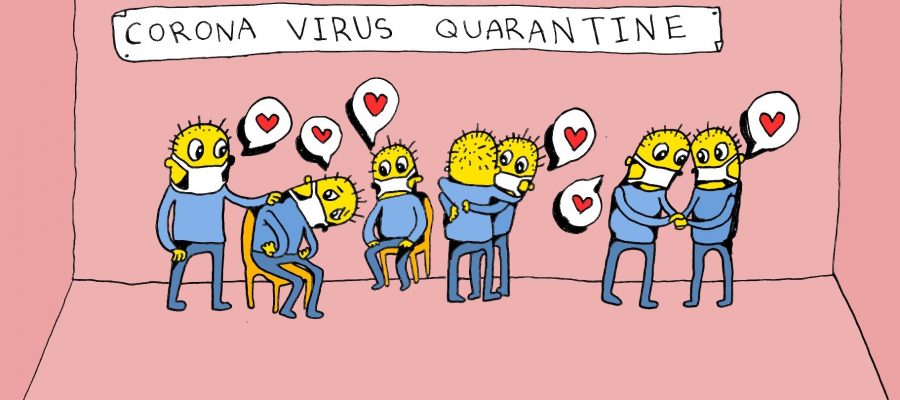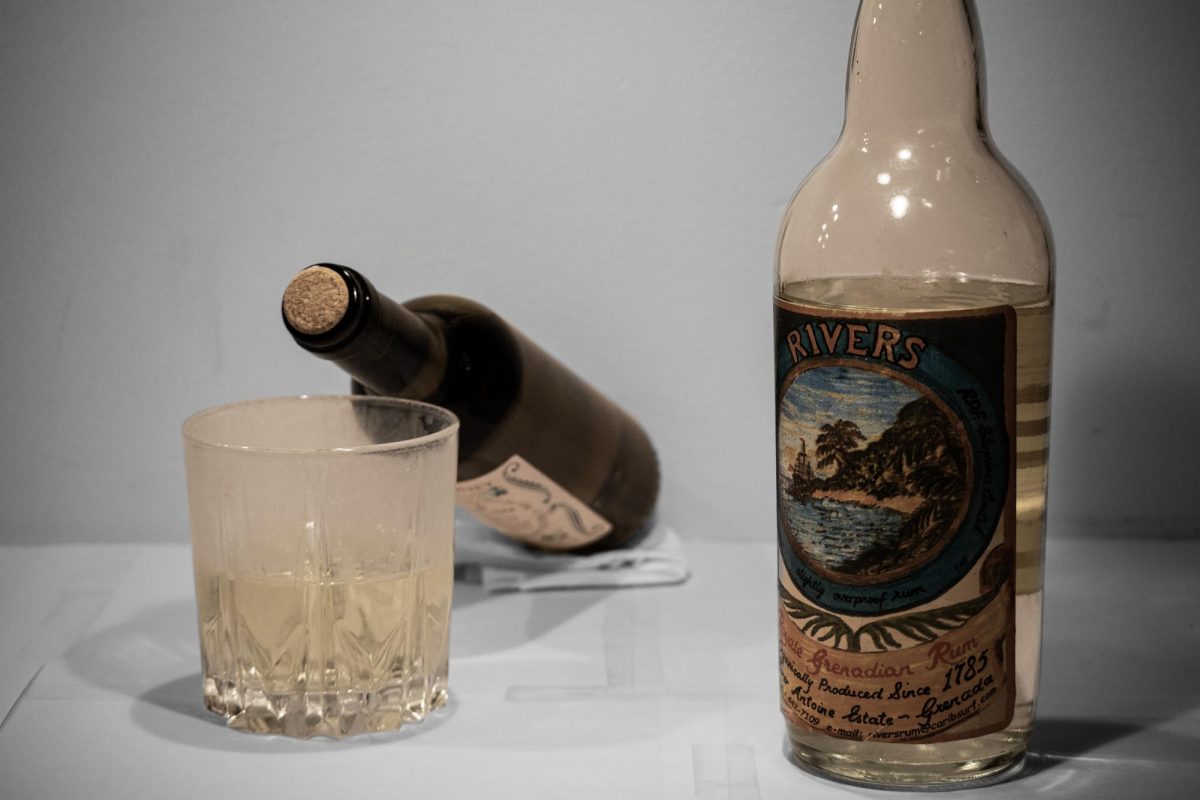Picture this: waking up, eating and sleeping in a tight windowless room for 14 days. That was a reality for many at the Diamond Princess cruise ship. Many of the passengers of the cruise ship found an escape from their situation via group chats with each other, according to an article by National Public Radio.
The cruise ship originally was meant to be “a home away from home” and finish its course in Japan, yet 10 passengers in the final days were tested positive for the coronavirus. In response to this, Japan’s Ministry of Health declared a 14-day quarantine for the ship, its workers and passengers.
Passengers aboard the ship were given a few breaks to go outside and walk on the deck while also being told to stay at least six feet away from each other and wear masks.
All the while, passengers began to socialize more via social media platforms like Twitter, Facebook and WhatsApp, even creating their own hashtag: #HangInThereDiamondPrincess. Small comments like what they thought about their breakfast kept passengers relatively calm. One of the passengers, Sunny Chen, is a magician who sent videos to the other passengers via Facebook to entertain passengers, including many children.
Other passengers posted about the activities they participated in while aboard. The experience has led to passengers exclaiming they will keep in contact with the other members of their group chats, forming lifelong bonds. Crew members were pushed to work more than originally anticipated and they were tasked with cleaning and food preparation. The members of the ship responded by thanking them with a sign on one of their doors that was a thank you letter.
Despite these measures, the quarantine “failed” to stop the spread of the disease, according to Business Insider.
Initially, there were 10 confirmed patients infected yet the number grew up to 691 by the end of the quarantine, including 85 workers.
When interviewing workers at the cruise ship, one stated that the workers often spent time together eating in a hall. This could have been an opportunity for disease to spread.
What made matters worse was after getting tested, passengers had to wait a day or more to hear the results. If they tested positive, they would immediately be taken to a hospital. Passengers reported that the readings on the tools used on them like thermometer would be wrong. At one moment it could read 90 degrees Fahrenheit and at another 95 degrees.
The rooms that people were kept in were often windowless and barely big enough to fit bunk beds and a nightstand. Experts claim that the ship quarantine could have helped the disease spread faster. A microbiologist from McGill stated that the ship was “more an incubator for viruses rather than a good place for quarantine.”
Bioethicist Kelly Hills added that the cruise ship had many locations that could have helped harbor and later spread the disease. Surfaces like polished metal and grooves help foster bacteria and diseases. Kentaro Iwata, an infectious disease expert, expressed his fears of poor hygiene practices after visiting the ship.
He noted that there was no clear division between the green and red zones of the ship. Green was used to categorize the areas free of infection and red for the areas likely to be contaminated by the coronavirus.
Agitated passengers responded to the quarantine by asking why healthy people were stuck on the ship. At times, families of passengers waved at them from outside. 75-year-old novelist Gay Courter stated her worries, “I can’t wrap my head around the fact that I could die from this cruise.”
After eight days of quarantine, the Japanese Ministry of Health allowed passengers above the age of 80 to continue their quarantine off the ship. They were only allowed to leave if they tested negative.
To keep morale up, the cruise line and Japan’s Ministry of Health gifted many roses, chocolates and new iPhones to the passengers. The iPhones were special in that they had an app for medical support.
On Feb. 19, the passengers were finally free from the confines of the ship. Unfortunately, if they were residents of the United States, Canada, Australia or Hong Kong, they would have to undergo 14 more days of quarantine once they returned home.
After the passengers were evacuated, 14 infected passengers flew on a plane with non-infected passengers to the U.S.
The infected passengers were in an isolation box at the back of the plane, yet after the plane landed 22 other plane passengers tested positive or showed symptoms. This puts further doubt in the methods of quarantine used.
As of Feb. 23, three passengers of the cruise ship died after the incident , each having been tested positive for the virus combined with underlying issues.
Even after all of the events of the Diamond Princess Cruise ship, the quarantined passengers found a way to combat the diminishing morale by communicating with each other.








